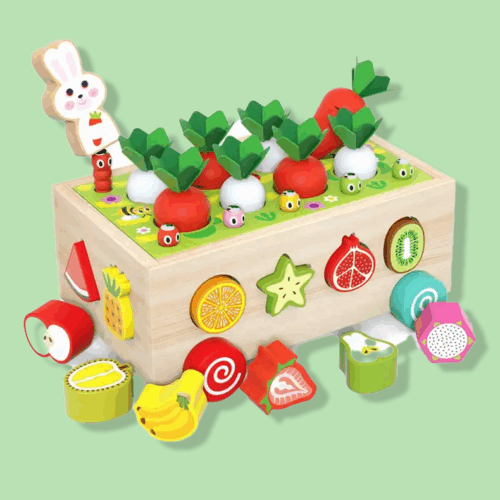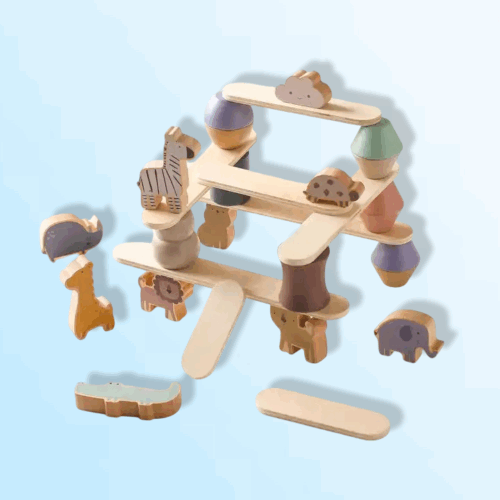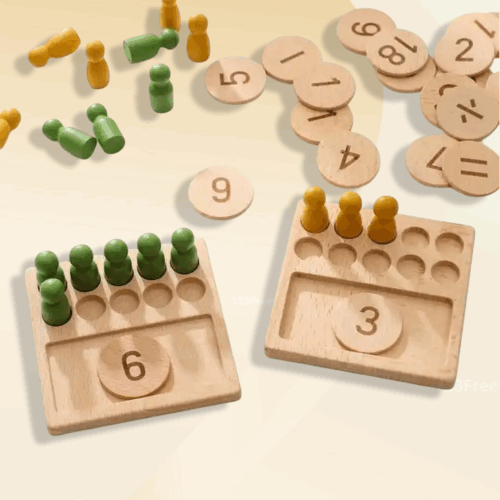Imagine you have been invited to a place and find others not making you feel welcome. Wouldn’t it be heartbreaking and devastating at the same time? Now imagine you are the opposite of the same. Think of being invited to a place where others are excited to see you and for your presence, they have prepared the home beautifully.
Would not it make you want to stay for a longer period of time? Similarly in the case of a newborn – when they feel welcomed, it sends them a clear indication of being accepted. As a parent, if you do not want to leave any room to make your child feel accepted, then all you can do is follow the tips given below.

Be Their Translator
One of the first things that you can do to accept your child is to be their translator. Besides understanding them from their perspective, it is very important that you become their translator as well.
For instance, if you see them throwing food on the floor, you can ask them if they have finished eating. Or when you see them calling people by their names or acting the way they are not supposed to – you must ask them if they are not liking other people touching their stuff. When you do this, you would be understanding what is triggering them and how things can be handled in such times.
Allow All Feelings But Not Behaviors
Another way of accepting your child is allowing all their feelings but not behaviour. It is important to know that feelings and behaviours are not the same. Your child is supposed to feel angry but not behave angrily with others.
There may be times when you would find your child to be upset about something and starting to throw things. This is when you must walk in to let them know that it is okay to feel that way but starting to throw things can hurt others or even themselves which is not acceptable. Also, let them know that you are trying to understand them and you are by their side through all of it.
Give Regular Feedbacks
Parents are often seen encouraging their children by praising them which is a good thing in most cases. However, it does not help the child from within. Instead, parents are suggested to give regular feedback to children using positive and factual descriptions.
You can tell them what you see and how you feel about it. For instance, you can tell them “you made a sandwich for yourself and you are all set to eat it – now that’s what you call independence”. Or you can simply tell them that you are quite excited for them when they go on to visit a friend for a play date.
Roles and Labels
You can accept your child without having any preconceived ideas or judgments about them. Most of the time parents are seen labelling their child as “too shy” or the “naughty one”. Remember that when you use these words, they leave an imprint on your mind for a lifetime.
Other times parents are seen giving roles to the children by labelling them as “elder brother” or “big sister” which somehow leaves the eldest in charge. Parents should avoid this and let the younger ones take responsibility according to their age.
Conclusion
Accepting your child may sound like a challenging task. But it gets easier when you try to connect with them. Make sure to get down to their level and make them feel comfortable as and when needed.
After that, validate their feelings and try to solve the problem together. This would not just help you to accept them or make them feel accepted but also strengthen your relationship with them over time.











